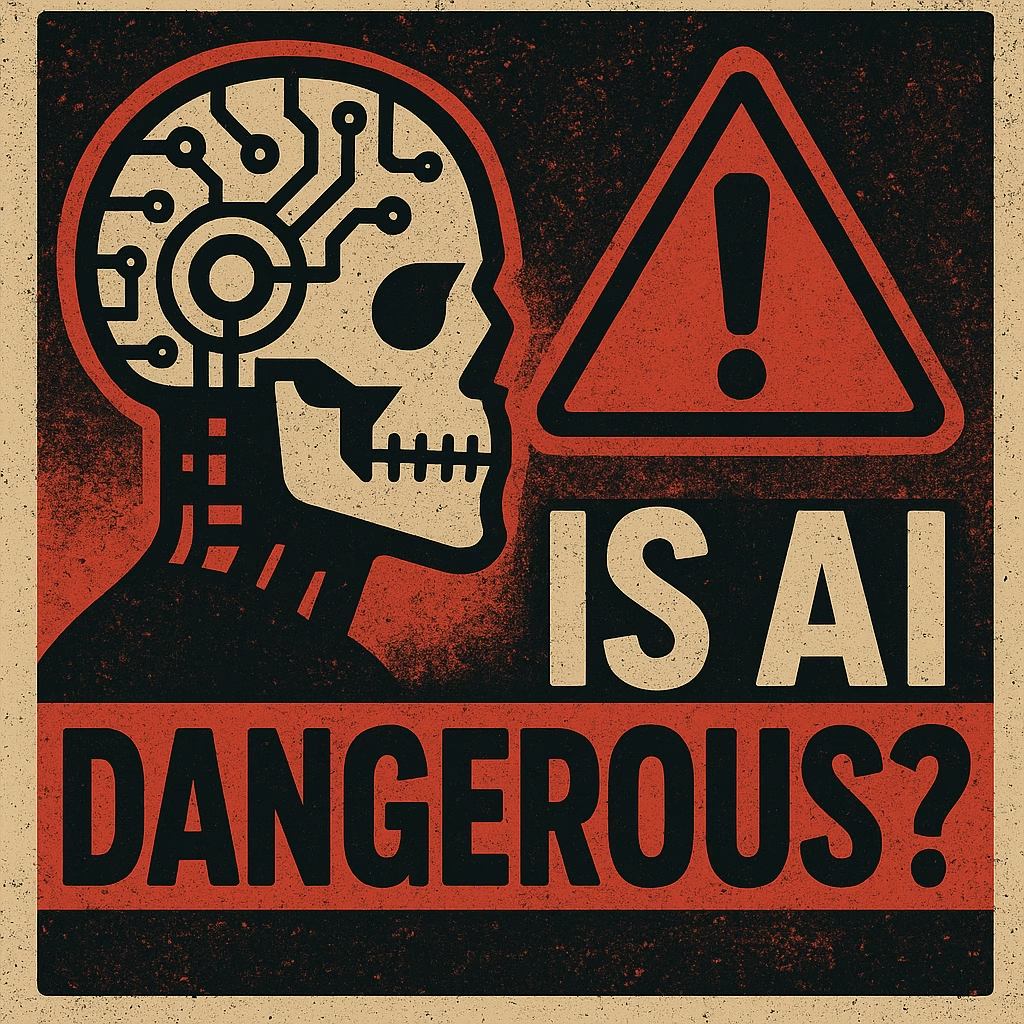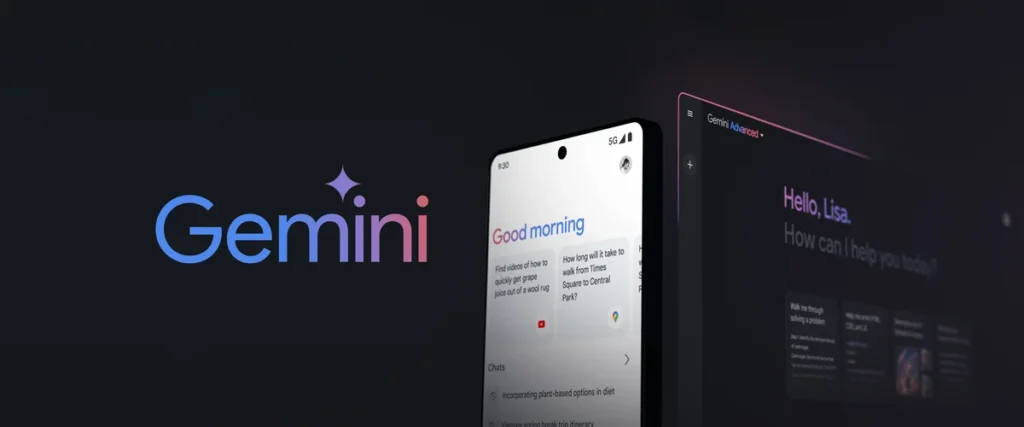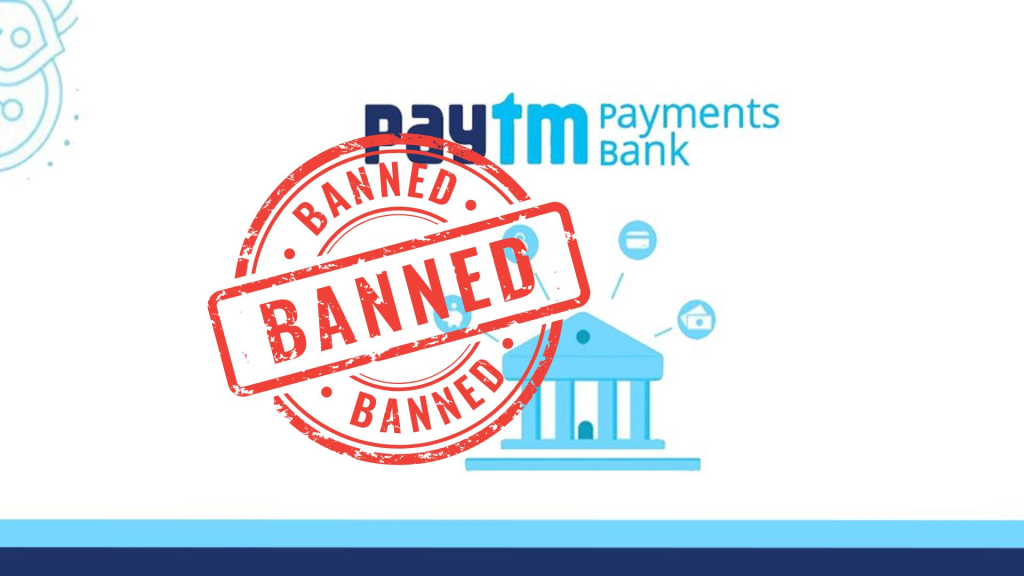The Artificial Intelligence (AI) has proved to be the most transformative technology of our times. From the personalized programming on Netflix to self-driving cars and art generated by artificial intelligence, its uses are varied and expanding fast. Yet with all its remarkable capabilities, a new question has emerged: Is AI risky?
Actors in creating the fear around AI include media, people with power, such offenders in the past. So, how much of this is real? Is AI by its nature dangerous, or is it the way we’re developing and using it that is?
In this blog, we’ll consider the risks of AI, real and imagined, as well as responsible ways to move forward.

The Dual Nature of Technology
Before we get into AI specifically, however, let’s recognize that a broader truth is at work here: all powerful technologies come with the potential for making things better, but also the danger that things may get worse.
Electricity runs our homes and can also cause deadly fires. The internet binds together billions of people, but also the identical tool that people use to disseminate falsehoods. Similarly, Ai itself isn’t evil or good; it’s a tool developed according to the intentions and abilities of its creators and users.
The Types of AI: Understanding the Scope
To evaluate the dangers of AI, it’s useful to distinguish types of AI:
1. Narrow AI
This is the kind of AI we live with now: boxy, specialized applications that do one thing well, whether that’s recognizing images, translating languages or driving cars.
2. General AI
This is an AI that can do human-level cognitive tasks in a wide range of domains. For now, it is purely theoretical.
3. Superintelligent AI
A hypothetical form of AI that is smarter than humanity and able to operate independently of human control.
The anxieties around AI differ markedly, depending on the type that is under scrutiny.
Real-World Risks of Today’s AI
First, let’s look at the real dangers of AI as it exists now.
1. Bias and Discrimination
AI systems are only as fair as the data they’re trained on — and there are a lot of biased datasets. As a result, there have been reports of machine learning software behaving in a racist, sexist or otherwise unjust manner. For example:
- People with darker skin tones have been found to be more likely to fall through the cracks in facial recognition systems.
- Biased training data has made hiring algorithms to prefer male candidates by accident.
AI bias doesn’t just perpetuate unfairness, it can do real harm to people and their communities.
2. Surveillance and Privacy Violations
On a scale we couldn’t even imagine before AI, the technology allows for mass surveillance. And governments and corporations can use facial recognition to track people — even, frequently, without their consent.
This presents serious privacy implications, particularly in authoritarian states where AI weapons are deployed to crackdown on dissent and spy on citizens’ every step.
3. Job Displacement
AI-driven automation poses a potential risk to labour markets, particularly in areas where tasks are repetitive or rules-based. Truck drivers, retail workers and even certain white-collar workers are at risk of being replaced.
Automation can be a boon to productivity, but it also forces society to confront issues of economic inequality, job retraining and, more broadly, what work means in an AI-filled future.
4. Misinformation and Deepfakes
Generative AI has made it easier to create realistic-seeming fake content — images, videos, audio, and even whole articles. This can be used to:
- Spread misinformation
- Manipulate elections
- Commit fraud
The proliferation of deepfakes is a sign of how AI is undermining faith in news and knowledge and making it harder to understand and promote what is true.
5. Security Threats
AI-enabled attacks The very systems that use it can be compromised by hackers, as well as serve to further the spread of cyberattacks. Examples include:
- Artificially intelligent phishing emails that fool even the best of us
- Deadly Autonomous Weapons that can be hacked or wrongly programmed
- AI systems well-versed in gaming the financial markets or attacking critical infrastructure
As we increasingly depend on AI, its security is increasingly important.
Speculative Dangers: The Debate Over Superintelligence
For as dangerous as today’s AI can be, some experts worry about what the future and still-greater capabilities for AI may bring.
The Existential Risk Argument
Thought leaders including Elon Musk, Nick Bostrom and the late Stephen Hawking have expressed concerns about superintelligent AI — a machine that outperforms humans in every intellectual domain, and which conceivably could engage in behaviour that’s not aligned with human values.
This notion is posed as a control problem: after we create an A.I. smarter than we are, how do we make sure that it behaves in our interest?
And while the probability is small, the potential consequences are so immense that many believe it deserves serious consideration.
Criticisms of the Existential Risk View
Some say concentrating on future threats takes attention away from the very real and present harm A.I. is already inflicting. Activists such as Timnit Gebru, who advise on how to fix existing problems such as:
- Bias
- Surveillance
- Inequality
That being said, both groups are in concurrence about one thing – AI safety and alignment is no joke.
The question of AI’s threat naturally flows into the question of governance and responsibility. Who decides how AI is developed, used and managed?
The Role of Governments
Some governments in the world already govern AI:
- The European AI Act adopts a risk-based approach that classifies AI systems into categories and establishes corresponding requirement.
- The U.S. and China are also working on regulatory frameworks, but with different methods and priorities.
The Role of Tech Companies
The development of AI is being led by big tech companies like Google, Microsoft and OpenAI. They may tout the “AI for good” (i.e. feeding the hungry, or doing away with disease), nevertheless these are companies out to make money, with the “profit motive” raising potential conflicts of interest.
We need:
- Corporate responsibility
- Transparency
- Third-party audits
for responsible AI deployment.
Public Involvement
It’s something that affects everyone —it should not be dominated by either tech elites or policy makers or whatever. Civil society, academia and the public should have a say in how AI is deployed.
EThical frameworksmust stand not only on what is technically possible but also on what is sociall yacceptable.
Fortunately, many academics and organizations are doing their utmost to ensure that AI is developed in a manner consistent with human values and safety.
1. AI Alignment Research
It is this enterprise of striving to build AIs that do what we want them to — even as they become more powerful — that our research addresses. It includes:
- Goal setting
- Interpretability
- Their safeguards from backfire
2. Ethical AI Design
Making sure AI is designed with ethics in mind can limit bias and encourage fairness. Best practices include:
- Fairness-aware algorithms
- Transparent data sourcing
- Testing in the context of diverse populations
3. Explainability and Accountability
We require interpretable AI systems, so that decisions can be described and mistakes identified. Black box” models inspire distrust, while explainable AI leads to trust and transparency.
4. Open Collaboration
The world must work together. Groups such as the Partnership on AI that assemble governments, academia and private companies to:
- Share research
- Encourage development that is responsible
- Avoid an AI arms race
The Media’s Role in AI Perception
Media is a significant factor in what the public understands AI to be. Unfortunately, the pendulum often swings from one extreme to the other:
- Dystopian concerns (eg Terminator, Ex Machina)
- Utopian optimism (e.g. AI will solve all human problems)
What is needed is objective, fact-based reporting that informs the public about the potential, impersonalized threats and rewards.
So, is AI dangerous? The answer is nuanced
✅ Yes, AI is dangerous if it by:
- Perpetuates bias
- Invades privacy
- Causes job displacement
- He Uses As A Tool Of Manipulation Or War
❌ But no, AI is not intrinsically dangerous. It is a tool, and like all tools, its effect is ultimately determined by how we use it.
The Real Danger Lies In:
- Irresponsible design
- Lack of regulation
- Poor oversight
- Ignoring ethical concerns
We need to do the following to properly skin up AI:
- Innovation – as long as it is combined with the caution – can take off from this point.
- So much for speed with responsibility
- Make sure that human values and the human factor are at the wheel.
Only then can A.I. become not something to fear but something to elevate us.
Disclaimer: Information provided is based on publicly available sources and user experiences.
if you have any issue with this Article – Click Here
What do you think? Is AI an opportunity, a threat — or some of both? Tell us what you think in the comments. Let’s build the future of AI together.




